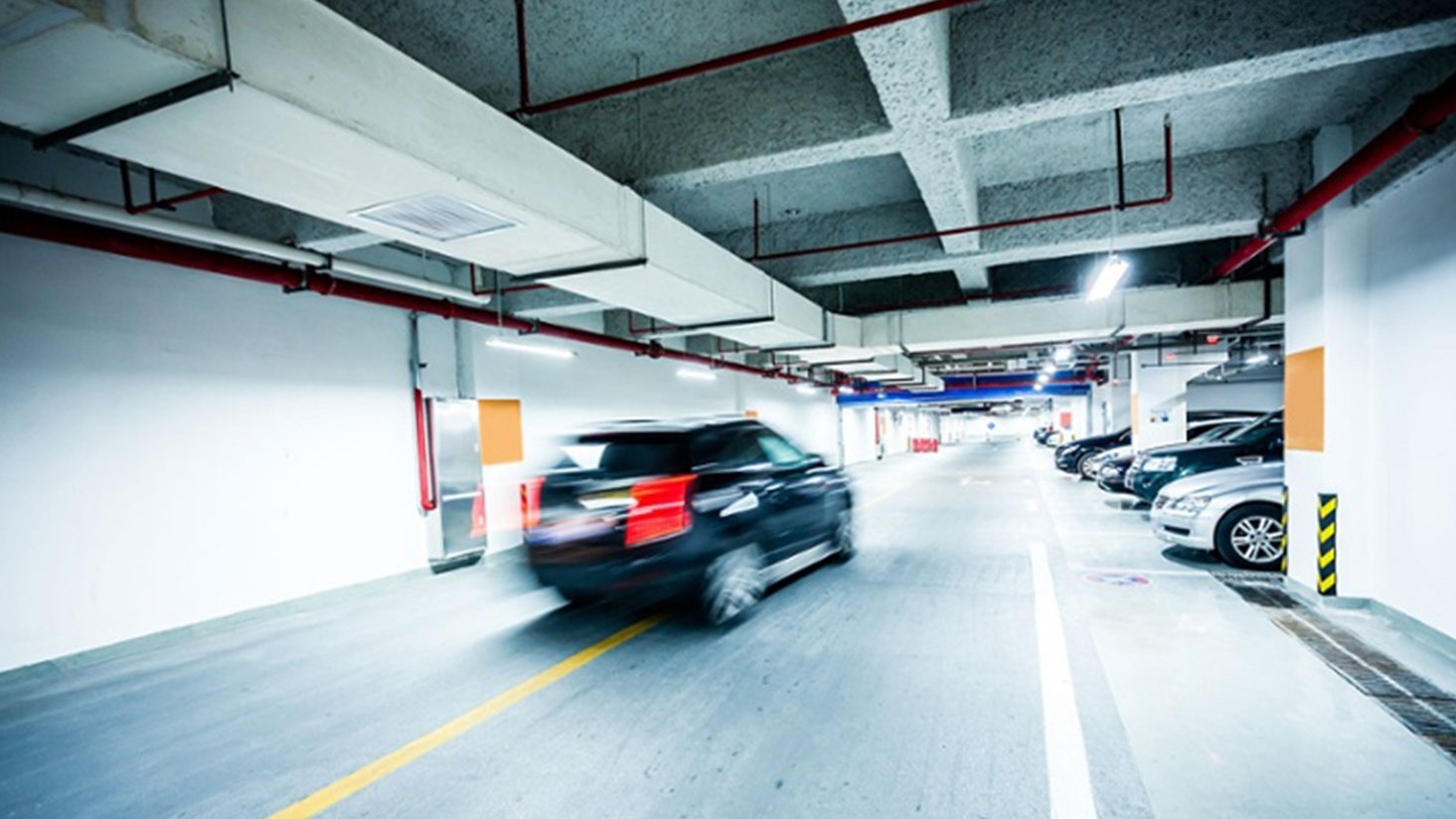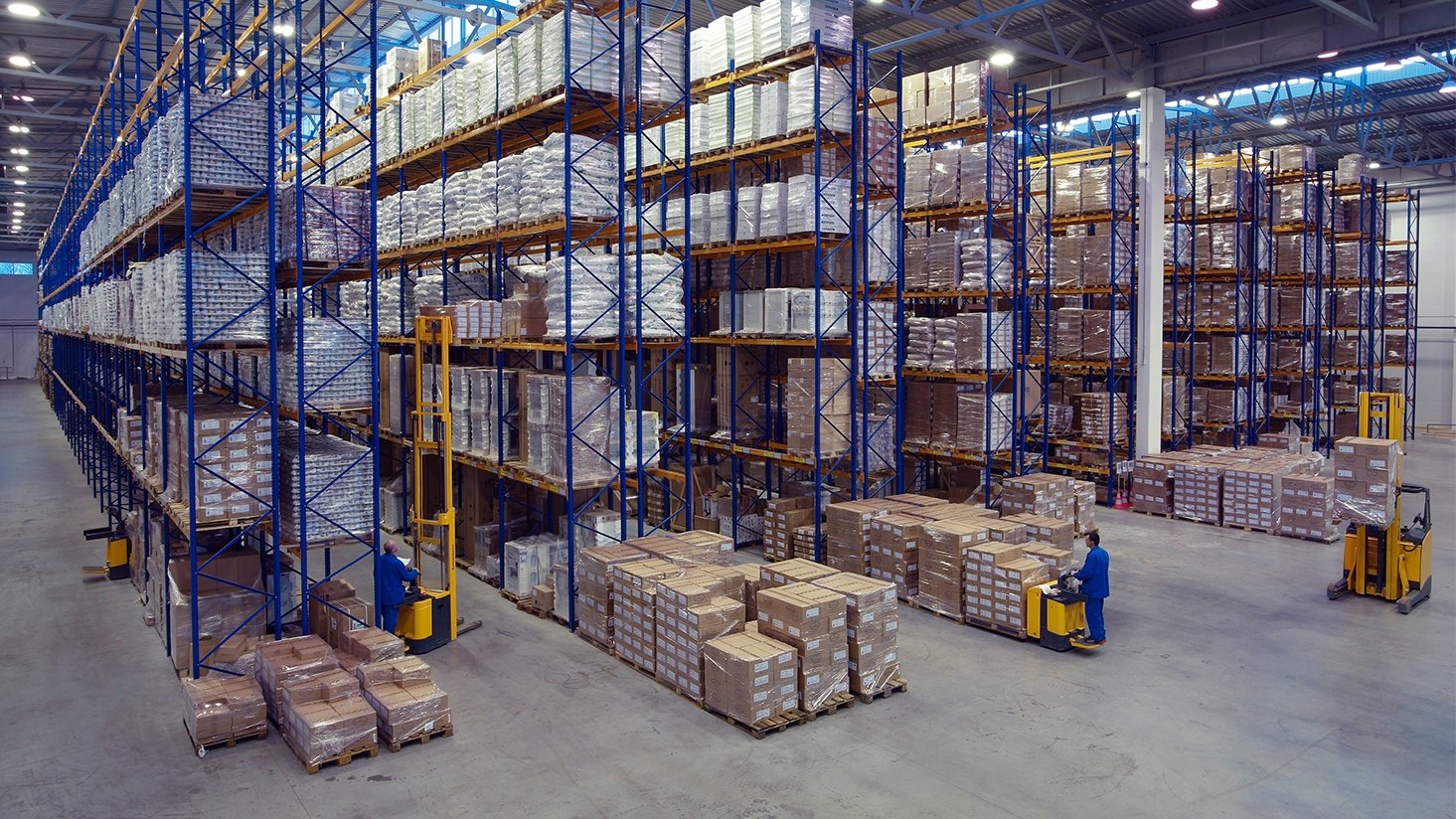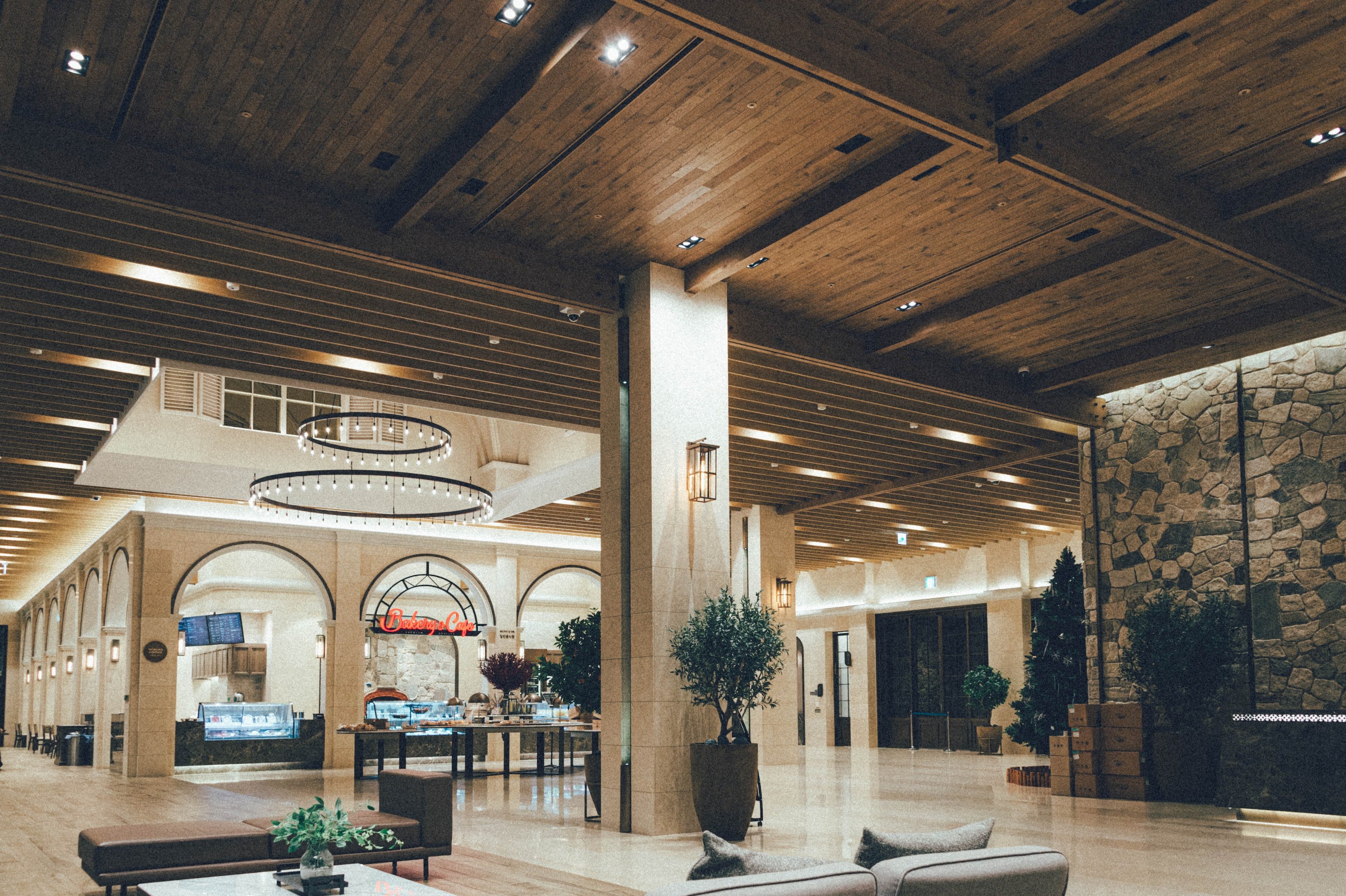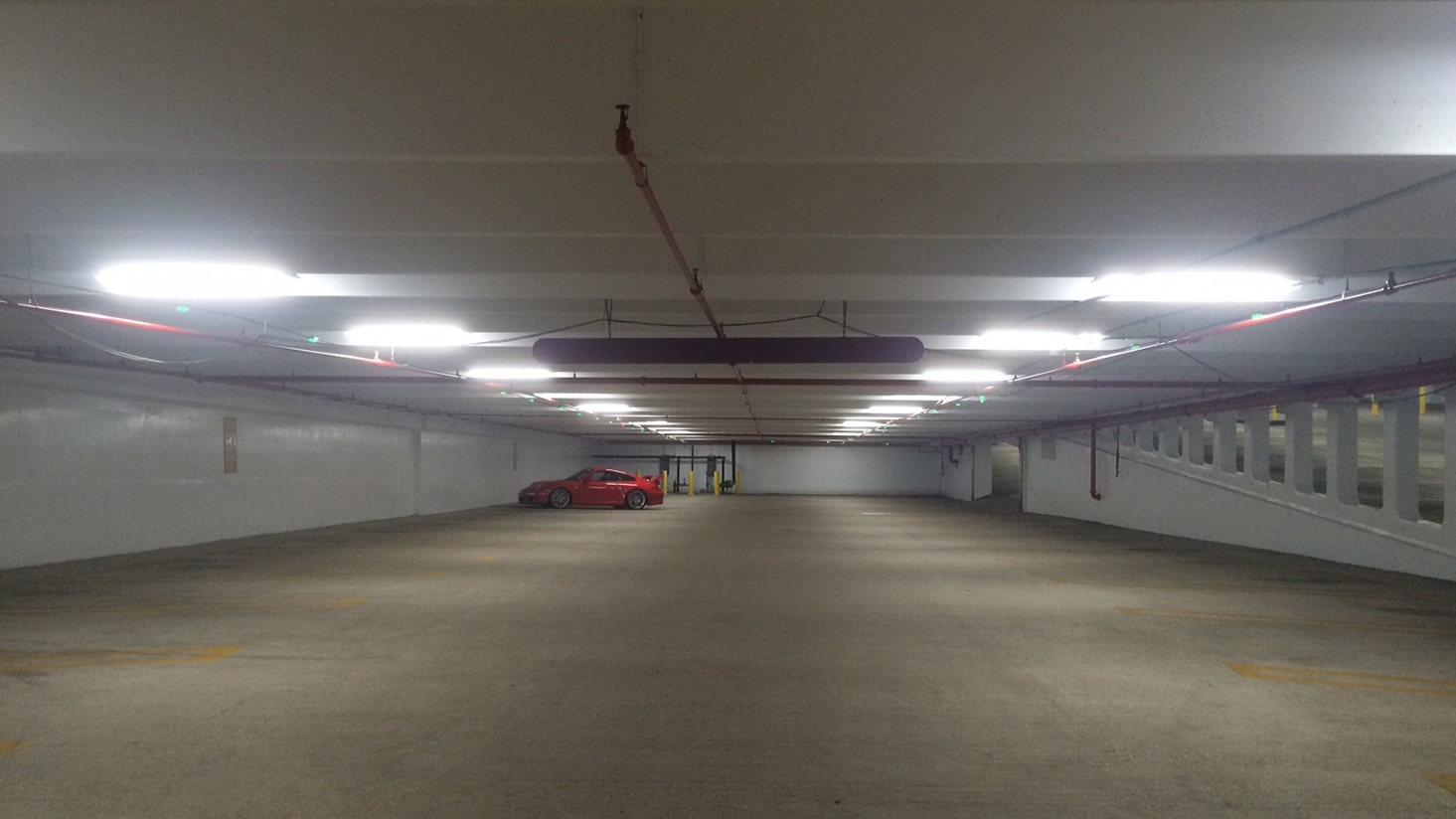The 6 best places to upgrade to LED
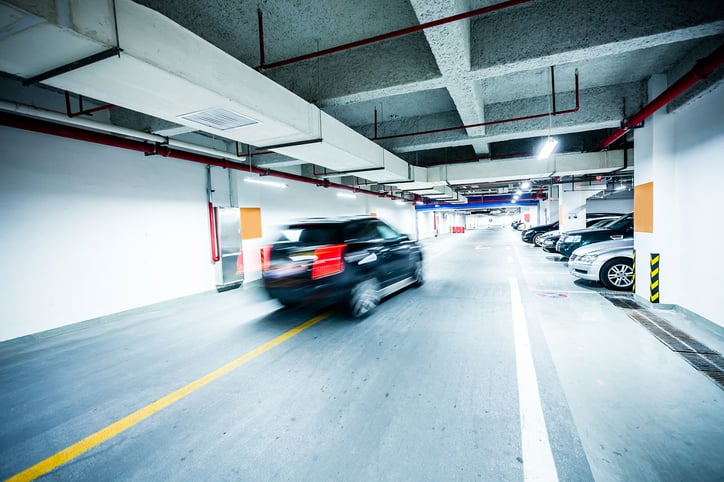
If you haven’t already upgraded to LED, the timing to make the switch is excellent. LED technology has come a long way and comes with major benefits — like energy efficiency and long-term energy savings.
Plus, if you’re a big fan of incandescent or halogen lighting, most of those products are no longer for sale. A ruling by the Department of Energy eliminated the use of halogen and incandescent light sources to move towards energy efficiency.
Despite the benefits and necessity to switch to LED, we still get a lot of questions from customers asking the best places to convert to LED first.
We know it can be difficult to prioritize where you should install LED lighting first, so we put together a list of six places in a typical building that are ripe for retrofitting, quickly paying for itself and make ongoing maintenance easier.
The best places to upgrade to LED for fast ROI
1. Applications Using Incandescent or Halogen Lamps
This is currently the top priority because the Department of Energy finalized a new ruling that in short, requires lighting products to meet certain efficiency levels. All CFL and LED products meet the new requirements, but most halogen and incandescent products do not (of course, there are always some exemptions).
These changes will be fully enforced by August 1, 2023, although manufacturers will start making changes sooner. Bottom line: now is the time to start making upgrades.
Energy efficiency is the ultimate goal with the new ruling. Halogen and incandescent products carry a higher wattage than their LED counterparts, making them prone to considerable heat output and low energy efficiency levels.
They can also be difficult to access. Incandescent and halogen bulbs are often used in accent and décor lighting applications and located in track, recessed, and pendant fixtures. Replacing these bulbs with LEDs can also reduce maintenance headaches.
2. Stairwells
Stairwells often need to be well-lit 24/7, eating up a ton of energy and requiring frequent replacement. If stairs aren’t safely lit, you could face building code issues and cause a hazard to your employees and customers.
Have you ever set up a ladder on a staircase? It’s not the easiest thing to do. Have you ever tried to shimmy past a ladder on a staircase? That’s not easy either.
Switching to LED as the source of lighting your stairwells can save you a ton of labor and a ton on energy costs almost right away. On top of the LED savings, many new stairwell fixtures also include occupancy controls, saving you even more in the long run.
Be sure to also check out our Lighting Pyramid for help with prioritizing lighting projects.
3. Parking Garages & Parking Lots
Like stairwells, parking garages and parking lots must always be lit, primarily for safety reasons. Parking garages have very little natural light during the day, requiring even more burn time. Parking garages and parking lots, naturally, meet a key theme here – high burn time.
They’re also maintenance nightmares. Because they’re both highly trafficked, replacing bulbs can be tedious, unsafe, and obstructive. Plus — in parking lots, lifts may be required.
A switch to LED in parking garages and parking lots can result in a significant reduction of energy costs and can result in instant savings on labor and materials. Many of our customers also find that they get much better lighting from LEDs, making their customers and tenants feel safer.
9 tips for retrofitting your parking lot lighting to LED
4. High and low-bay lighting
High and low-bay fixtures illuminate any area with a high ceiling. Warehouses, large commercial spaces, large retail and grocery stores, storage facilities, school and university gymnasiums, and industrial spaces frequently use these fixtures.
These spaces tend to have one thing in common: a lack of natural light, yet visibility is still important. Burnt-out bulbs can cause great inconvenience to workers who are searching for specific products and to those relying on the function of the space. Replacing a lamp in such a setting can slow production or stall customers, obstructing key areas of the space. And accessing high and low bay fixtures can often be difficult because the ceilings are high.
For these reasons, more spaces with high and low bay fixtures are switching to LED, not only reducing energy costs on the high-burn-time lamps, but aiding productivity at the same time. Some LED fixtures also have built-in controls, offering even more energy savings.
5. Exterior Lighting
Whether your building is a high rise or a stand-alone retail shop, your exterior lighting is probably burning for long hours at your business. It illuminates the parking lot overnight, the front entrance for early bird employees, and, perhaps, various landscaping pieces at your company.
From wall packs to floodlights to shoebox fixtures, these lights are often metal halide or high-pressure sodium, requiring a great deal of energy to go along with the long burn time. Weather conditions and difficult-to-access placement can make maintenance and replacement an ordeal for businesses.
A growing number of companies are witching to LED as a one-and-done exterior lighting solution. And the same results that are found in the seven other places listed above apply here.
6. Any Application That Operates 12+ Hours per Day
A common denominator in the examples above is high burn time, or lighting which needs to be on constantly.
Another area not covered in the examples above is the lobby. It’s often lit more than other interior areas of your building and often have high ceilings. Changing out bulbs in a lobby can be extremely labor intensive – requiring your maintenance crew to fetch a taller ladder to climb while obstructing a highly-trafficked area of the building.
And what’s the alternative? A burned out bulb in the most public space of your building? You definitely want to avoid that.
In any area where lighting should be on for 12 or more hours a day, LED is a more than worthwhile consideration. In these applications, LEDs not only give you substantial energy savings, but also make your life easier with less maintenance.
The best options to upgrade to LED
There’s a common theme when it comes to upgrading to LED: look for areas with long burn times or areas where replacing burned-out fixtures is particularly difficult.
But you don’t have to upgrade everything at once. Oftentimes, the switch to energy efficient lighting takes place over a few phases. One section of the building is changed first. Then, when the energy savings from that kicks in, more money is allocated for similar projects. That's how one of our customers at a high-rise apartment building managed to retrofit every socket to top-of-the-line LED.
The LED market is now ripe with options, and we understand that finding the exact replacement bulb or fixture is challenging. Our team of lighting experts is here to help, whether you’re replacing one fixture or hundreds. Contact us to start planning your lighting retrofit today.
